GEORGIAN BREAD (PART 2)
To show how traditional Georgian bread is made we spent a morning with our local baker, Zaur Skhirtladze, who works at the bakery, Trepezi in our neighborhood in Tbilisi.
A typical day at our Georgian bakery begins at 7.30 a.m. when Zaur lights the deep circular oven called a tone.
The tone will take around one and a half hours to reach the required temperature for baking bread.
The baker begins by putting 25 kilograms of flour, 700 grams of salt and 250 grams of yeast and 200 grams of sugar into a mixing basin. Not all bakers use sugar but our baker believes it gives a better color to the bread and helps to prevent it becoming dry and hard.
The ingredients are enough to make around 70 breads.
The baker makes a depression in the flour and then adds 16 litres of tepid water and begins mixing by hand.
The mixing process takes about 5 minutes. When the mixing is complete the baker covers the dough with a linen cloth and plastic cover. The dough is left for one and a half hours to rise and become two and a half times bigger.
When the dough is ready the baker cuts off pieces, weighs them (they must each weigh 600 grams) and places them on a work surface that has been dusted with flour.
Each piece of dough is then shaped by hand into a mound shape.
These mounds are then rolled out to create a sausage shape, tapered at the ends.
The dough is then covered with linen cloth and a plastic sheet and left for 10 minutes. Covering the dough again helps it rise slightly.
After 10 minutes the dough is uncovered and each piece is stretched onto a special linen covered pad that has a wooden base. The pad is called Lapati in Georgian.
The dough is stretched in the middle and at each end to form the traditional shotis puri (შოთის პური in Georgian) shape. The Lapati has a thumb hole that is used by the baker when he places the dough in the tone.
Using the pad, the baker leans into the very hot tone and presses the dough firmly against the tone wall. If it is not pressed firmly it will fall off.
The baker will repeat this until the tone is full. The bottom 50cm of the tone is not used because it is too hot and the bread will burn.
As the bread bakes it turns a golden brown and is ready to be removed in 7-8 minutes.
Removing the bread requires considerable skill. The baker uses two specialized tools. One is called Kavi and is used to stab the bread and the other is called Safkheki and is used to dislodge the bread from the wall of the tone.
The freshly baked bread is placed on wooden racks to cool.
The smell of the freshly baked bread is absolutely amazing!
When the bread is sold it is usually part wrapped in a sheet of paper. It is usual to see people walking down the street holding breads wrapped in this way. Zaur gave us a loaf of bread that we had watched being made. Fantastic!
We would like to thank Zaur Skhirtladze and the Trepezi bakery for showing us how real Georgian bread is made.
 CLICK on the logo to visit GEORGIA ABOUT on Facebook and see photos and news about Georgia. Click LIKE on the page and become a friend of GEORGIA
CLICK on the logo to visit GEORGIA ABOUT on Facebook and see photos and news about Georgia. Click LIKE on the page and become a friend of GEORGIA

























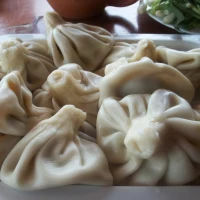


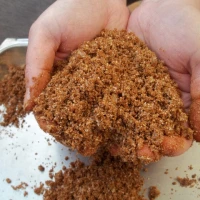
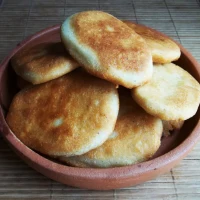
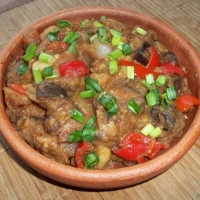
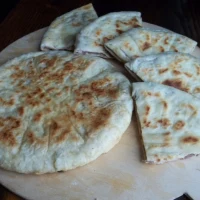


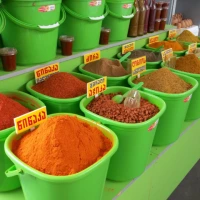







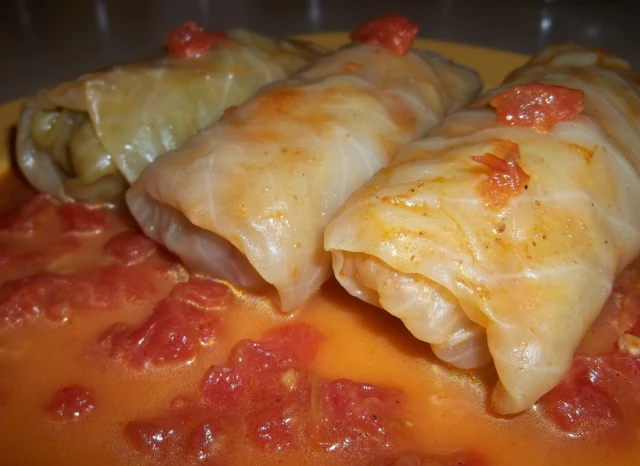


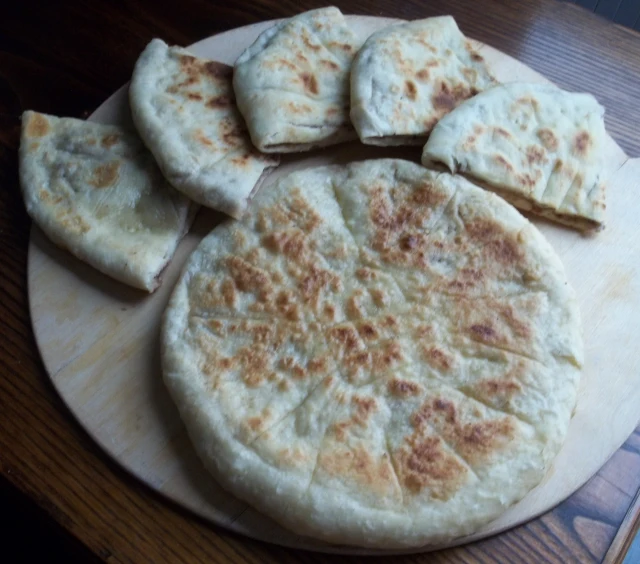

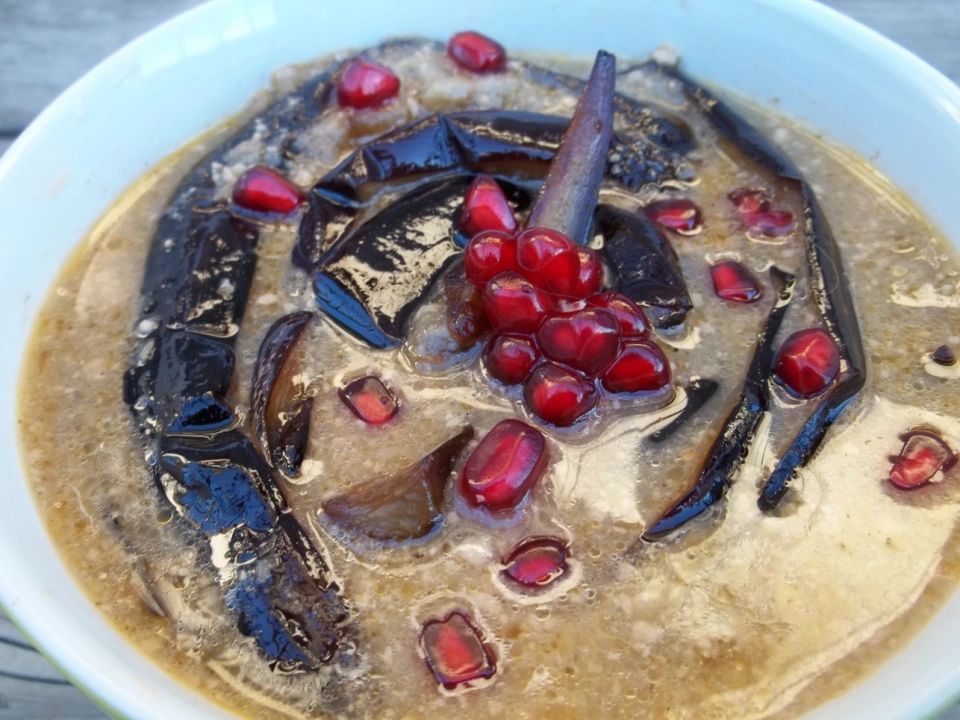







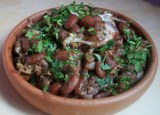







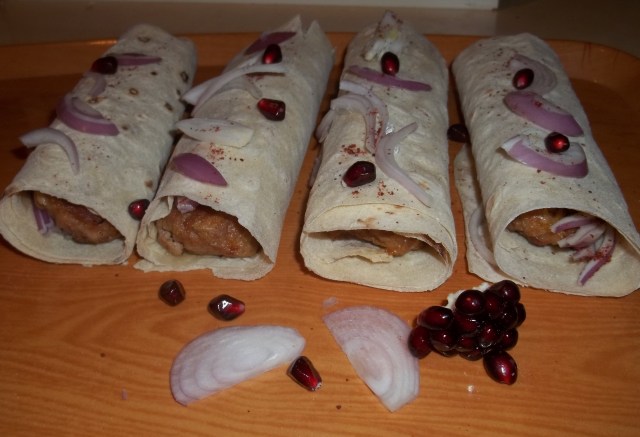







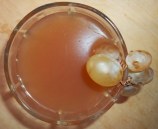







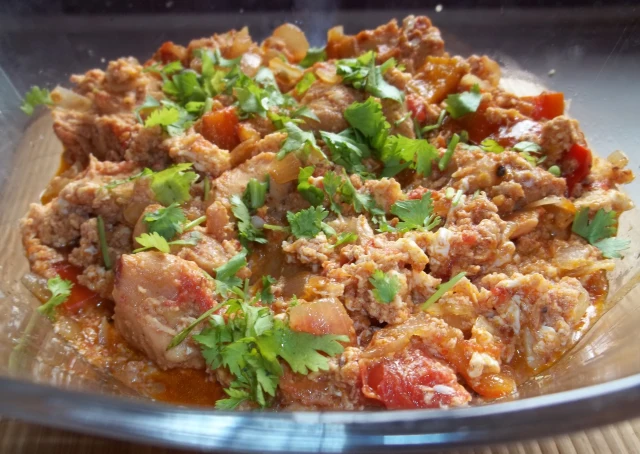














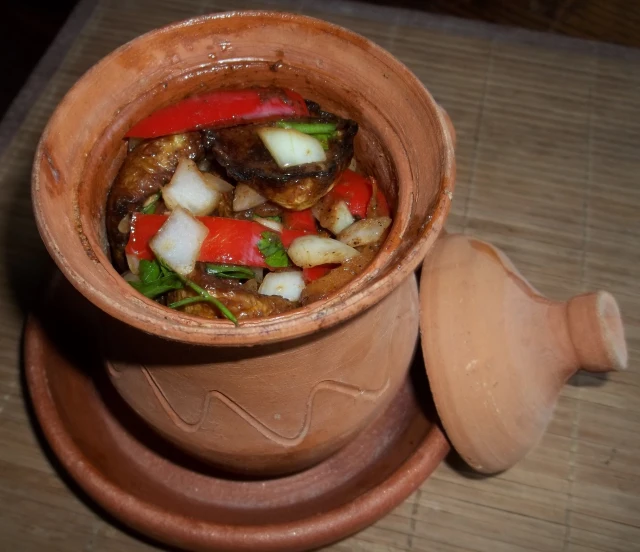

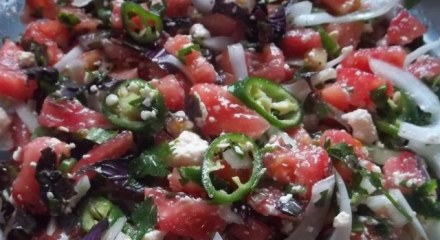
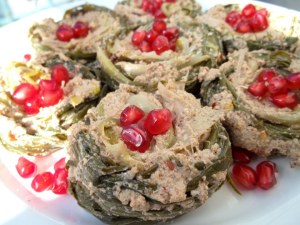









Comments
One Response to “GEORGIAN BREAD (PART 2)”Trackbacks
Check out what others are saying...[…] Serve cold and sprinkle with dried red better. We eat it with shotis puri (Georgian bread), dipping it into the mayonnaise […]